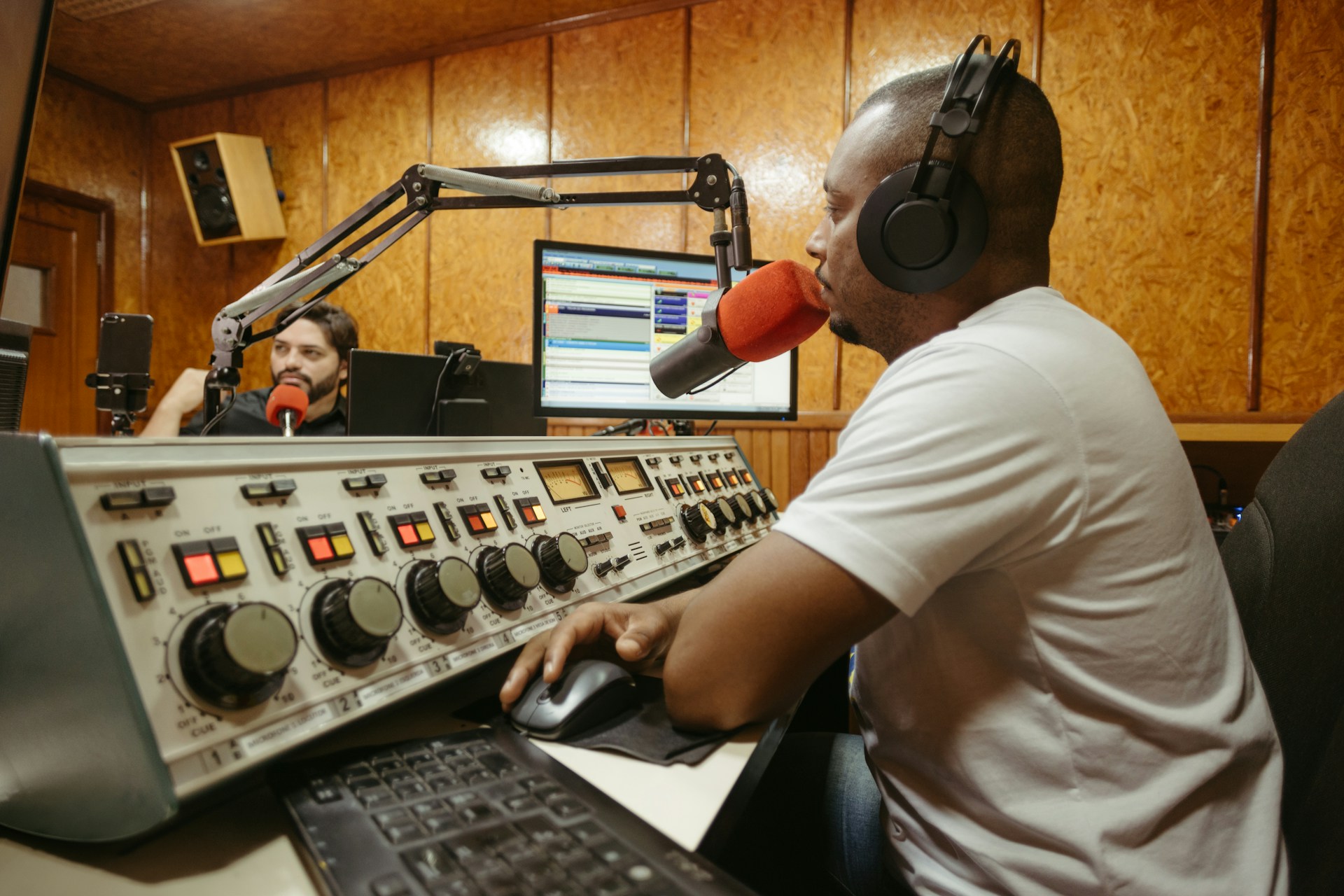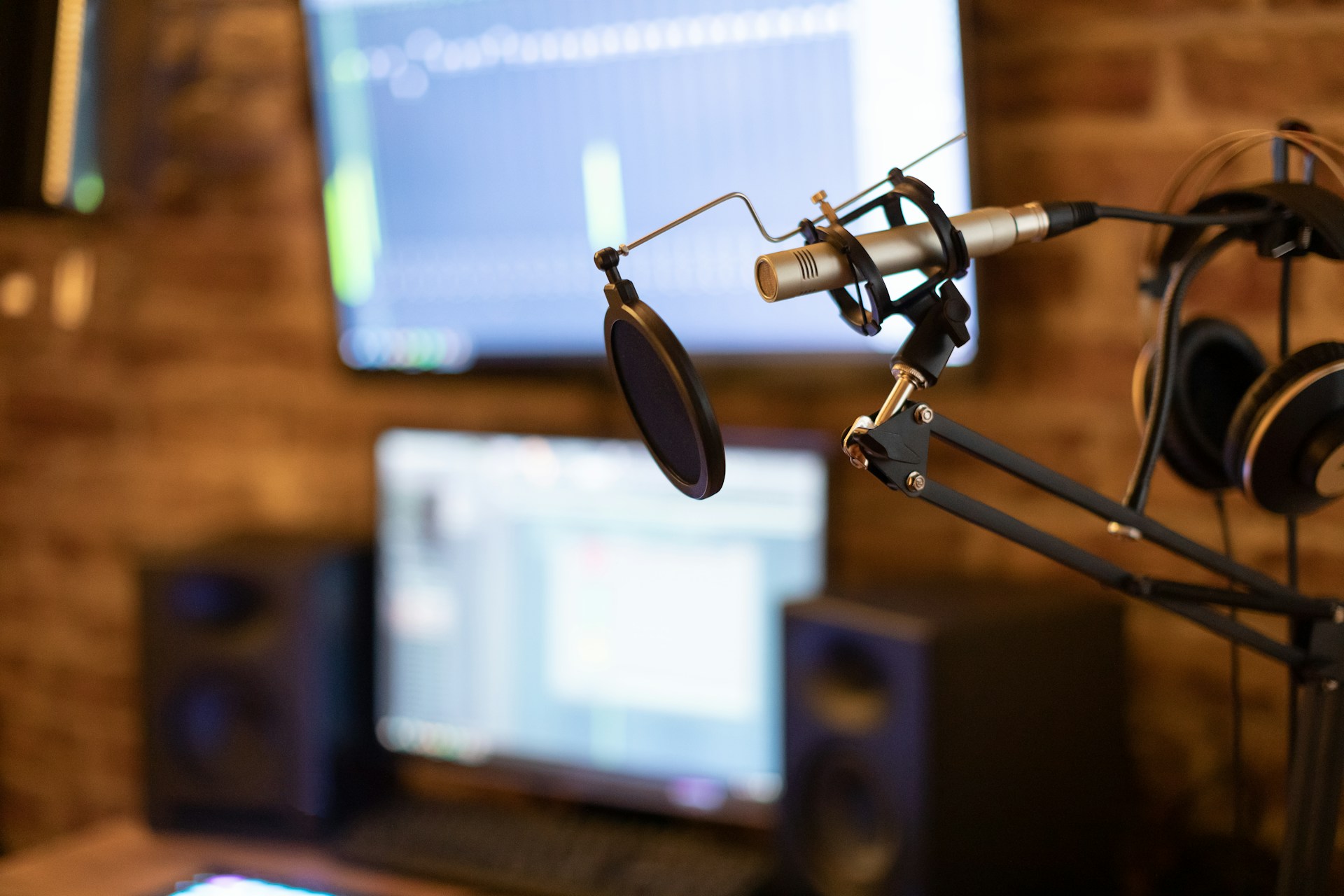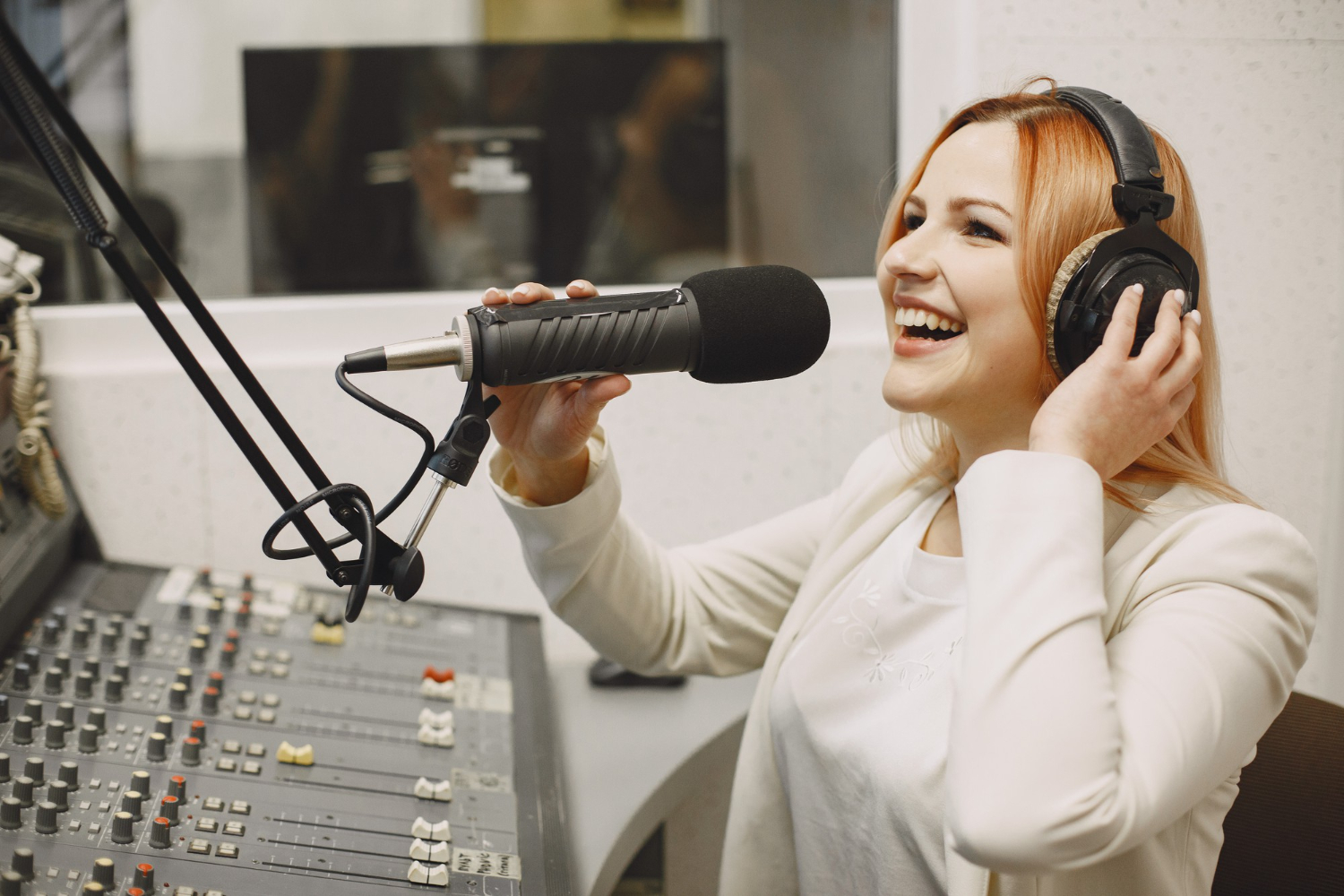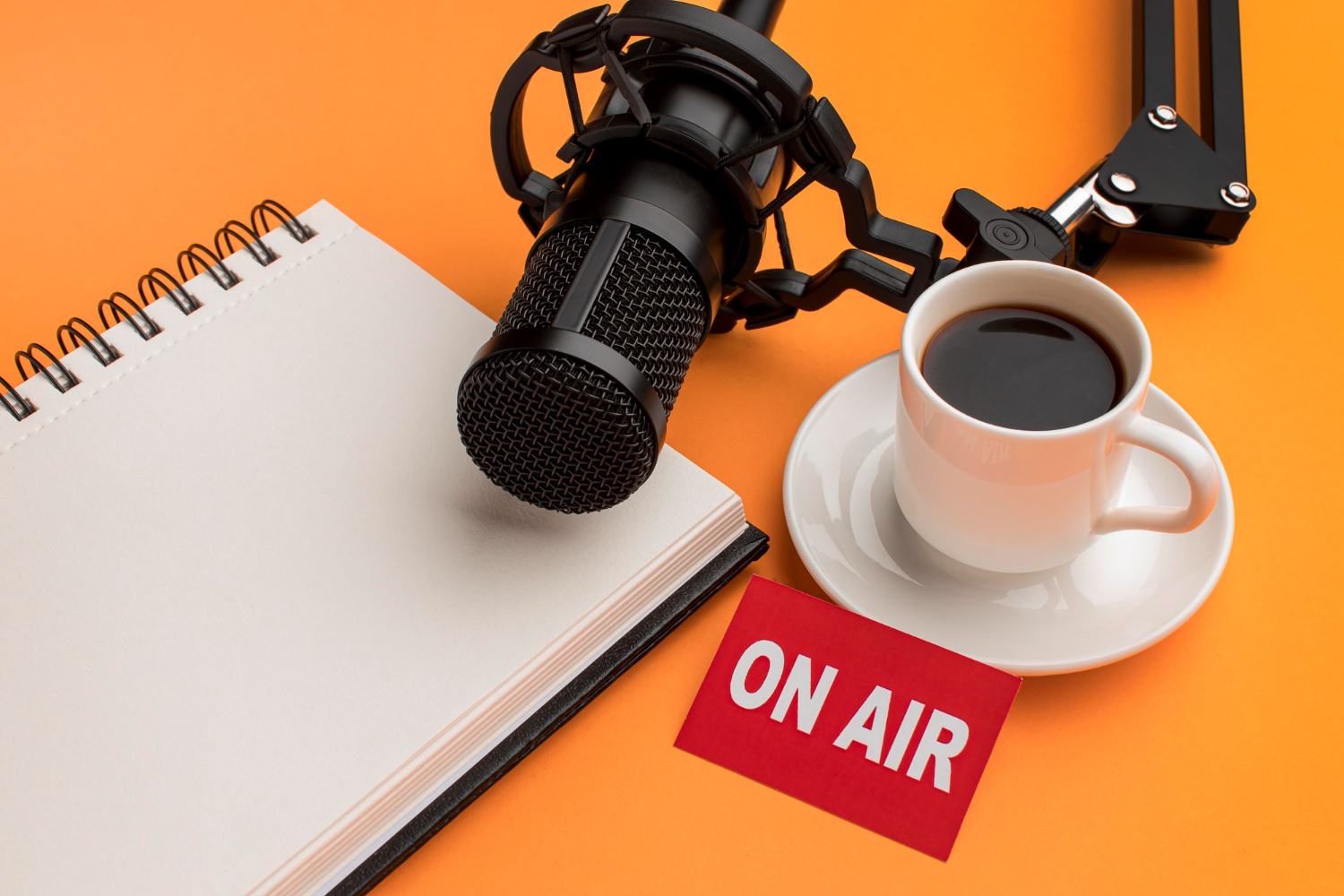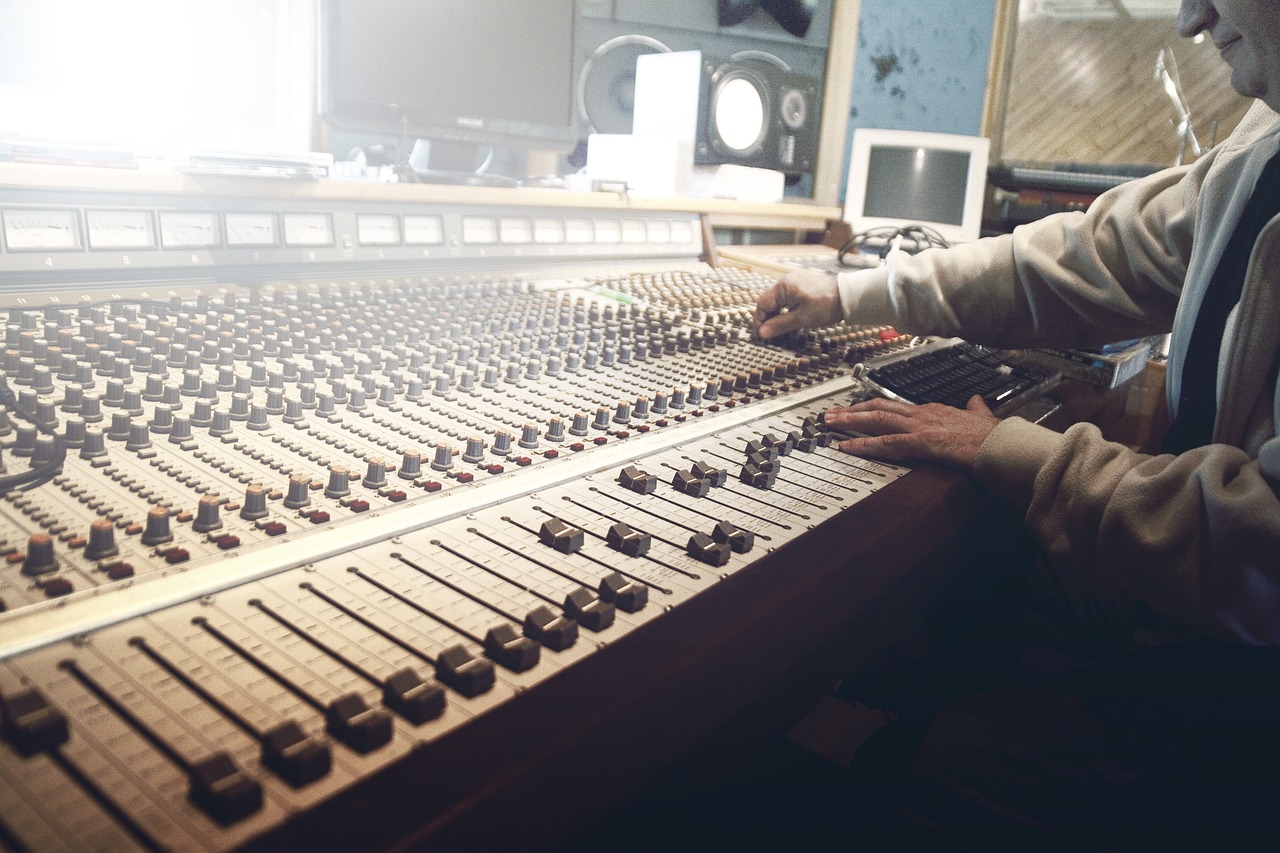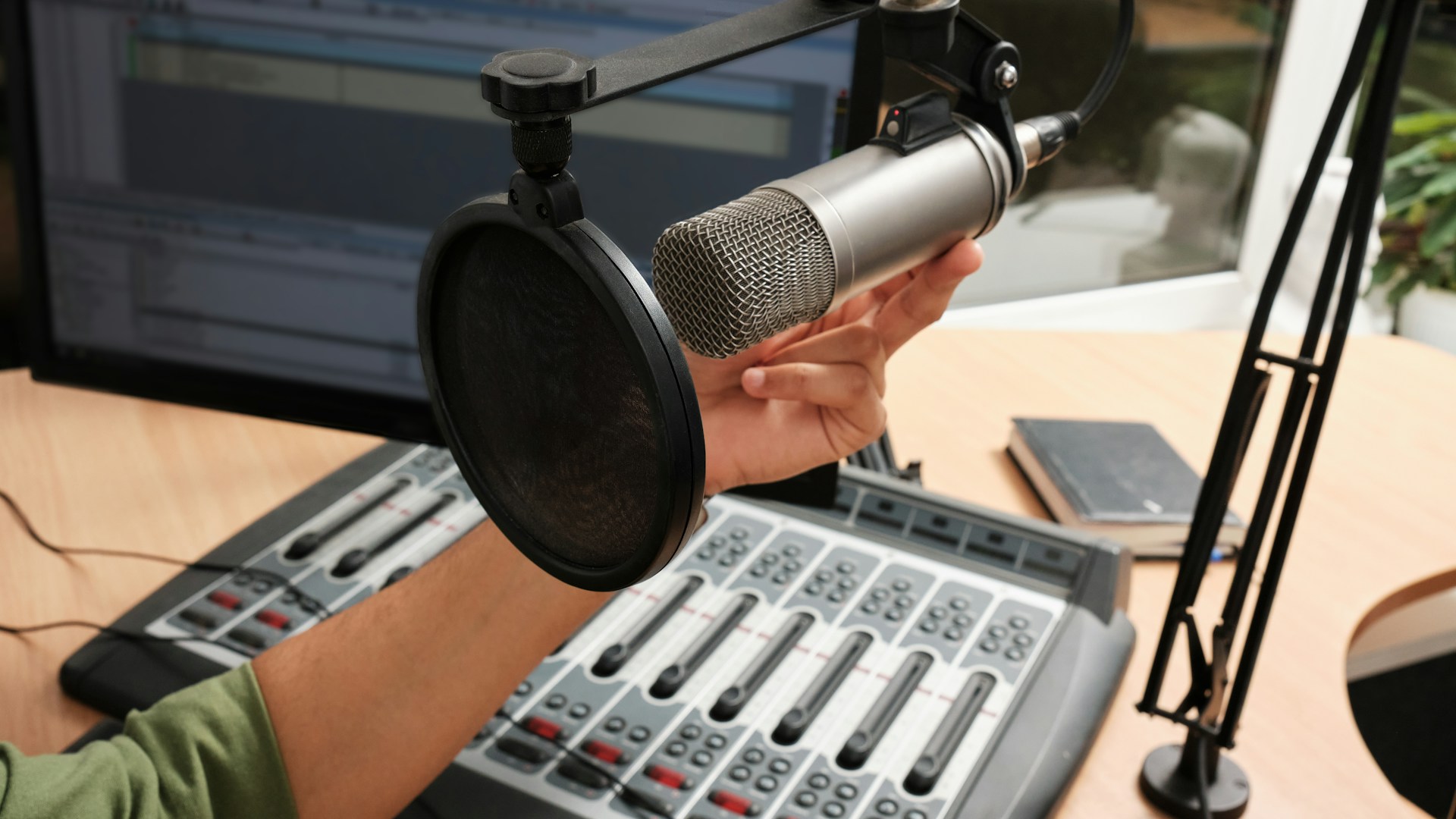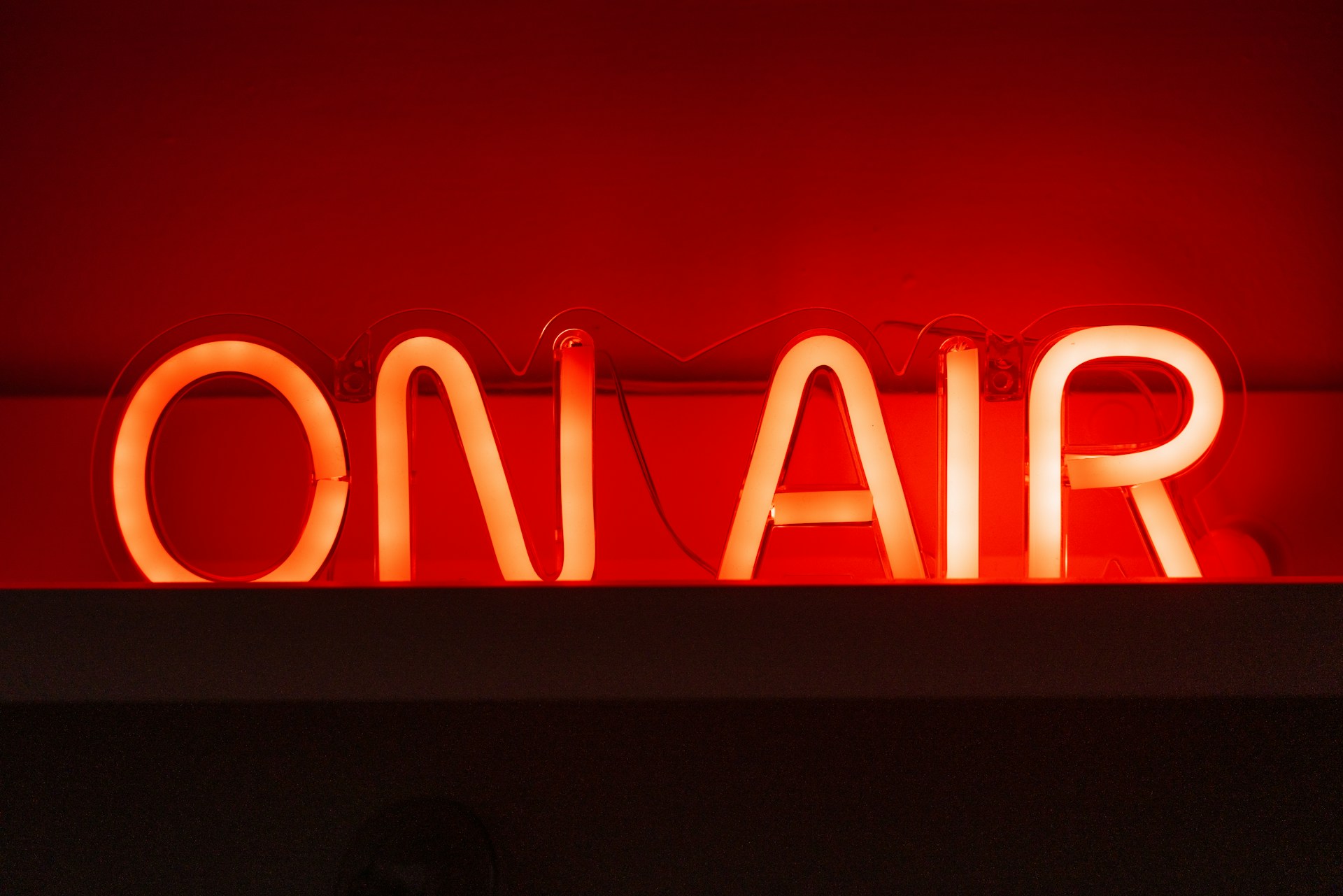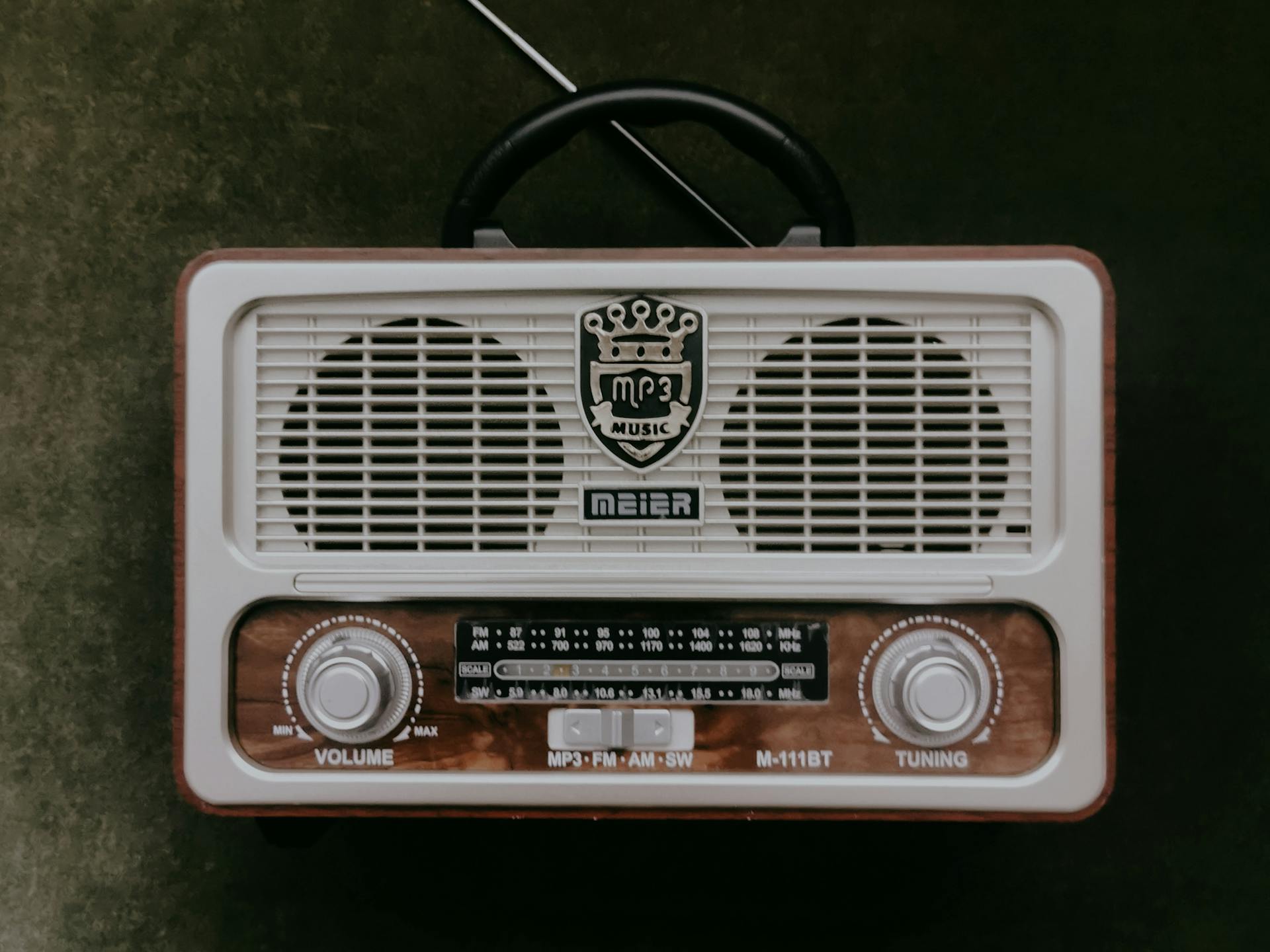Creating an impactful radio ad involves several key steps that can make or break a campaign. Each component plays a crucial role, from crafting the perfect script to fine-tuning audio quality. At Killerspots, we understand the importance of engaging listeners with compelling content that delivers the brand’s message clearly and effectively.
Utilizing expert sound engineering techniques ensures our radio ads stand out. Quality audio captivates the audience, enhancing the listening experience and making the message memorable. Our team meticulously edits each ad to achieve a polished final product that meets high standards.
Incorporating catchy jingles adds a unique touch, making radio ads more distinctive and memorable. Each jingle is strategically designed to align with the brand and seamlessly fit the ad’s narrative. Finally, rigorous testing and analysis help refine ads to maximize reach and impact. By focusing on these elements, Killerspots crafts radio ads that not only reach listeners but also leave a lasting impression.
Crafting Compelling Radio Scripts
Creating radio scripts that engage and inform is vital for impactful ads. The script is the backbone of any radio ad, setting the tone and delivering the message. Crafting a script starts with understanding the brand and its unique voice. The narrative should speak directly to the target audience while capturing the essence of the brand.
To develop concise scripts, it’s important to focus on simplicity. Start by outlining the key points you want to convey. Use clear, direct language to express these ideas without losing the listener’s interest. Keeping the message brief ensures that it resonates with the audience and fits smoothly within the typical radio ad time limits.
Engaging radio scripts also involve storytelling elements. Include a beginning that grabs attention, a middle that builds interest, and an end that delivers a strong call to action. This structure keeps the listener interested and guides them through the message logically and emotionally.
Finally, authenticity is key when capturing the brand’s voice. Every word, tone, and pause should reflect the brand’s personality. Whether playful or serious, aligning the script with the brand enhances recognition and connection, making the ad more effective.
Utilizing Professional Sound Engineering Techniques
High-quality audio is essential for radio ads because it influences how listeners perceive the ad. Employing professional sound engineering techniques can significantly enhance the audio experience. Start by using high-quality microphones and recording equipment. This ensures clean, crisp sound capture that sets the foundation for excellent audio quality.
Sound editing plays a crucial role in refining the audio. Use techniques like equalization (EQ) to balance different sound frequencies, making sure no part of the audio is too overpowering or too quiet. Compression helps manage volume levels, maintaining a consistent sound throughout the ad.
Adding background music or sound effects can also polish the final product. These elements should be carefully chosen to complement the script, reinforcing the message without distracting from it. Proper mixing is important to blend voice, music, and effects seamlessly.
Professional editing sharpens all elements, creating a cohesive and polished final product. The goal is to ensure that the ad sounds professional and engaging, capturing the listener’s attention through superior audio quality. By applying these techniques, radio ads can effectively communicate the brand’s message and make a lasting impression on the audience.
Incorporating Strategic Jingle Production
Jingles play a pivotal role in enhancing radio ads. They complement the spoken message by providing a memorable auditory cue that listeners associate with the brand. A well-crafted jingle can make a radio ad stand out by embedding itself into the listener’s memory, creating a lasting connection with the brand.
To integrate jingles effectively, it’s essential to ensure they harmonize with the ad’s overall tone and theme. Begin by creating a jingle that reflects the brand’s identity and key message. The melody should be catchy yet simple enough to be remembered after just a few listens. This familiarity makes the ad both impactful and distinctive.
When placing a jingle in the ad, consider these techniques:
1. Cue the jingle at moments of high interest, such as the introduction or conclusion of the ad.
2. Use the jingle as a recurring motif within the ad to reinforce the message.
3. Harmonize the jingle’s tempo and style with the main script to ensure smooth transitions and a unified sound.
By aligning the jingle strategically within the ad, brands can boost recognition and enhance their message, making their radio presence felt long after the ad airs.
Testing and Analyzing Ad Performance
Testing is crucial for radio ads to ensure they effectively reach and engage their target audience. Methods like focus groups and A/B testing provide insights into how an ad performs in real-world scenarios. These methods help identify which elements of the ad resonate and which need adjustments.
Gathering listener feedback is an effective way to gauge ad impact. Here are strategic ways to refine ads based on such feedback:
1. Conduct surveys to gather quantitative data on listener reactions.
2. Analyze call-to-action response rates to measure engagement.
3. Use digital analytics when possible to track online listener behavior post-ad exposure.
By interpreting these insights, producers can adjust the script, sound design, or jingle placement to optimize performance. Consistent testing and analysis ensure that radio ads remain relevant and effective, adapting to listener preferences and trends.
Conclusion
Mastering the art of radio advertising involves more than just catchy jingles and clean audio; it requires an understanding of how each element contributes to the ad’s success. From crafting scripts that speak to the heart of the brand, to using professional sound engineering, every step in the process is vital. Incorporating strategic jingles not only enhances memorability but also strengthens the connection between the listener and the brand. Testing and analyzing ad performance ensures that ads not only capture attention but also inspire action.
At Killerspots Agency, we are passionate about creating radio ads that work. Our team combines creativity and technology to produce ads that not only sound great but also deliver results. Whether you’re looking for captivating jingles or complete radio ad production, our expertise ensures your brand is heard loud and clear. Contact us today and find out how we can transform your radio advertising strategy.
